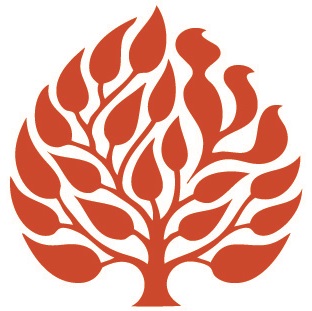Opera’s Interpretation of Moses

The Bible came to Broadway years ago. The hit musical Joseph and the Amazing Technicolor Dream Coat presented a rollicking and hummable version of the Joseph story with a happy ending. Musical theater has not, however, figured out a way of featuring someone whose story is even more important than that of Joseph: Moses. Yet what musical theater has been unable to do, its close relative, opera, has done. Arnold Schoenberg’s opera Moses und Aron is rarely performed (it was featured in New York this season) but makes an important statement.
Schoenberg, an Austrian-born Jew, followed in the path of some of his compatriots in the arts and converted to Christianity, in his case at age twenty-four. More than twenty years later, he began a process that resulted in a return to Judaism. The opera Moses und Aron dates from the early 1930’s, a few years before Schoenberg fled from the Nazis and settled in California. Unlike most opera composers, Schoenberg wrote the libretto as well as the music — which, to many ears, is not only atonal in the technical sense but discordant as well. Schoenberg’s text is a kind of Midrash on the Book of Exodus.
This week’s parashah begins the Book of Exodus. Among the most memorable and prominent of its scenes is Moses at the burning bush – an ancient symbol in Judaism and the logo of The Jewish Theological Seminary. In the Biblical account, God calls to Moses from out of the bush, and self-identifies as the God of Abraham, God of Isaac and God of Jacob. God continues by telling Moses of the plight of the Israelites in Egypt and commands Moses to go to Pharaoh and free the Israelites. (Exodus 3:1-10) Moses responds with a number of objections, including what he calls his slowness (or heaviness) of speech and tongue. (Exodus 4:10)
Schoenberg gives his own interpretation of the burning bush episode. Moses appears on stage and immediately calls out to God as the unique, infinite, omnipresent unperceived and inconceivable One. Moses immediately identifies God in relationship to the three patriarchs. For Schoenberg, Moses is an active figure, more active than he appears in the Torah’s telling of this early stage in his career. By putting in Moses’s mouth a declaration of pure monotheism, Schoenberg holds true to the view that Moses was the most important leader and prophet since Abraham. Schoenberg attributes to Moses the same early insistence on a pure monotheism that the midrashic tradition ascribed to Abraham.
In the Book of Exodus, God responds to Moses’s excuse that he is inarticulate by saying,” I will be with you as you speak and will instruct you what to say.” (Exodus 4:12) Schoenberg, in contrast, gives the following as God’s response:
Even as from this bush,
In darkness,
Before the light of truth upon it fell,
So shall you perceive My voice in everything.
This interpretation is a convincing explanation of one of the mysteries of the story in the Book of Exodus: why a burning bush? Would not some other type of miracle have worked to convince Moses of God’s presence? In this interpretation, we are drawn to imagine the change that occurred in the bush, from darkness to blazing light, as an echo of the creation of the universe and a metaphor for the change in Moses that culminated in his prophetic enlightenment.
The Bible is sometimes the inspiration for works of screen and stage. Among all entrants, Schoenberg’s work stands out, purposely or not, as firmly in the tradition of Jewish commentary that suggests ever-deeper meaning in each verse.
Shabbat Shalom.
The publication and distribution of the JTS KOLLOT: Voices of Learning commentary has been made possible by a generous gift from Sam and Marilee Susi



